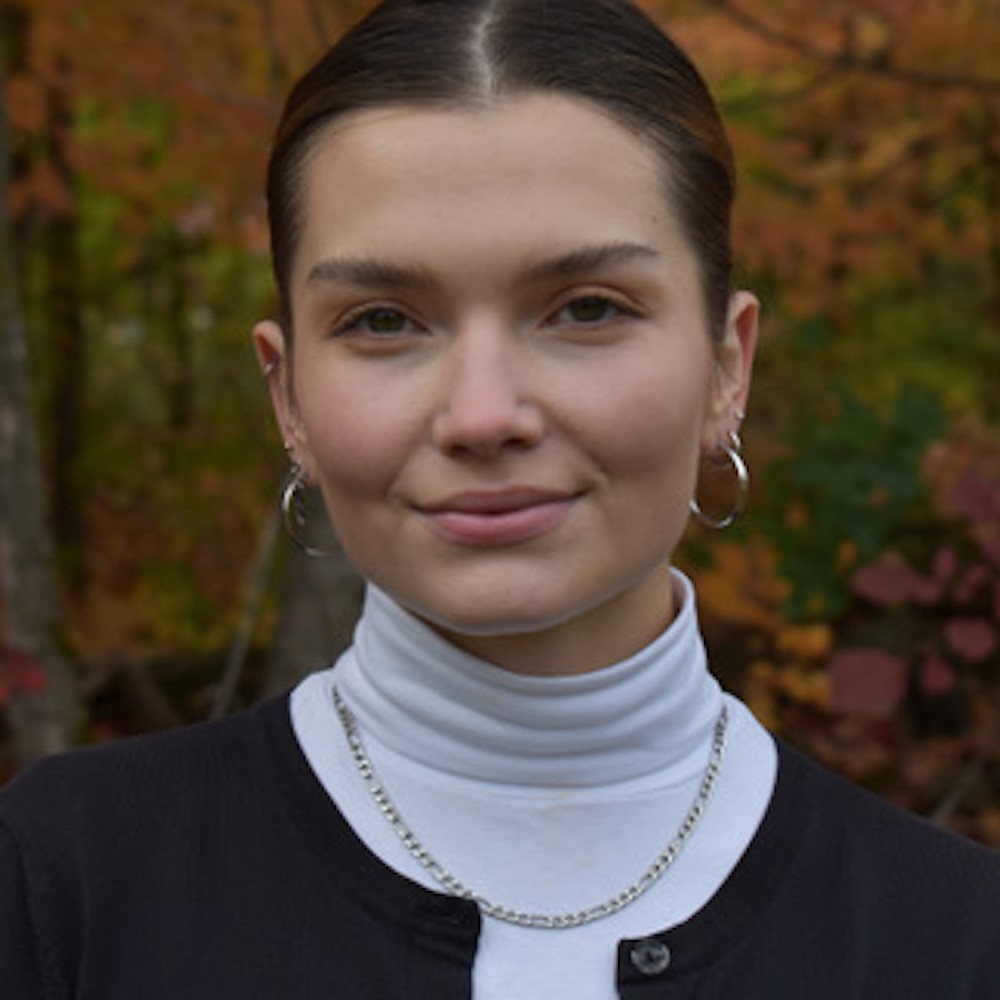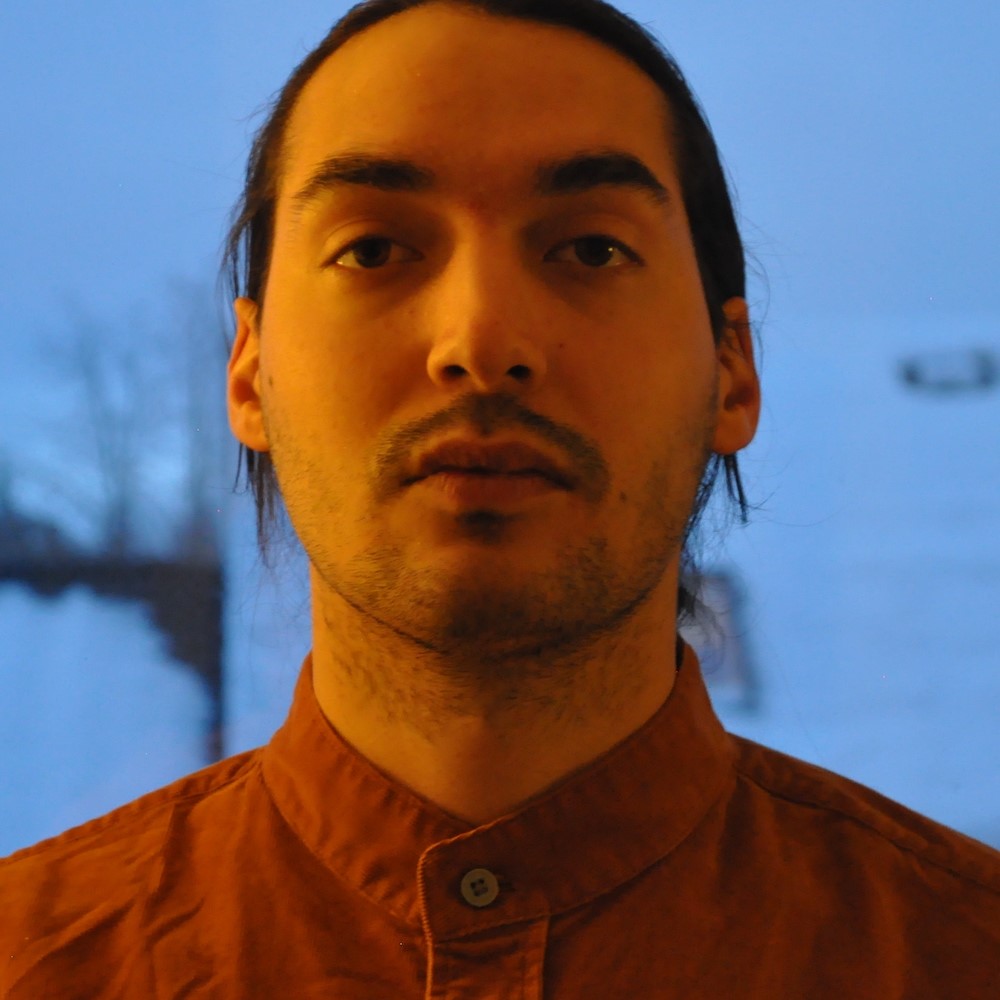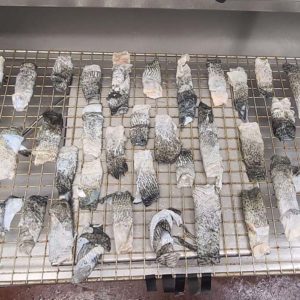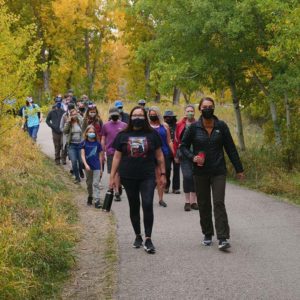Youth Journalism Initiative: Stories to Transform
“We tell ourselves stories in order to live,” wrote the American novelist and essayist Joan Didion. Stories about nature have the power to inspire and transform, while helping us live more lightly on this earth. Think of the nonfiction storytelling of Rachel Carson, whose book Silent Spring helped jump-start the modern environmental movement.
But whose stories, and voices, are we not hearing?
Nature Canada’s Youth Journalism initiative, a pilot project funded by our Work to Grow program, seeks to amplify the voices and stories of BIPOC youth (Black, Indigenous and People of Colour) reporting on environmental issues. The program has successfully wrapped up its first year.
Begun in June 2021, the program hired four Journalism Associates to create stories about BIPOC communities, Indigenous-led conservation, and related issues on nature and environmentalism.




Our Youth Journalism Associates (from left to right): Anosha Khan, Ashley Stefureak, Carol Eugene Park and Matteo Cimellaro.
Over the space of three to five months, the Journalism Associates (JAs) worked full-time or part-time to create independent content for Canadian media outlets. Nature Canada had no role in determining the choice of topics, but our staff were available for advice and suggestions.
All journalists hustle after stories, but free-lancers must hustle just to get the chance to hustle. Part of the JAs’ experience was learning how to get editors interested in their story ideas.
“They pitched ideas to professional media outlets for the first time in their careers,” says Alex Gillis, an independent writer and editor who served as mentor and coach for the program. “They published articles with new outlets for the first time, worked with editors in ways they’d never worked before, took risks with story pitches or articles, built their skill sets… and attained their goals.”
The stories were as diverse as the writers’ backgrounds. Feeling the earth breathe, environmental racism, the price of “fast fashion.” a conversation with activist, writer and filmmaker Clayton Thomas-Müller … Altogether, the JAs published 27 articles of various kinds, including news stories, profiles, opinion pieces, personal essays, and a radio broadcast with a video. Some of the articles were republished as posts for the Nature Canada blog.
The program paid the JAs a base rate, which was supplemented by any freelancers’ fees received for their work.
The JAs emerged from the program with more skills, more confidence and more ideas. “The position allowed for a lot of independence and personal creativity, which is something I greatly appreciated,” commented one of the JAs, Carol Eugene Park. “At the same time, however, there were many opportunities to collaborate with my peers and seek advice from Alex [Gillis], who always offered great feedback on our work.” Another JA, Matteo Cimellaro added: “The deliberate practice in creating pitches, developing pitches, and pitching took me from the bleachers into the game itself.”
And the game welcomed them. Two of the JAs were offered part-time jobs (at CBC and the National Observer) after their Nature Canada contracts.
To find out more, visit our Youth Journalism Initiative page and read the stories produced by the participants!



